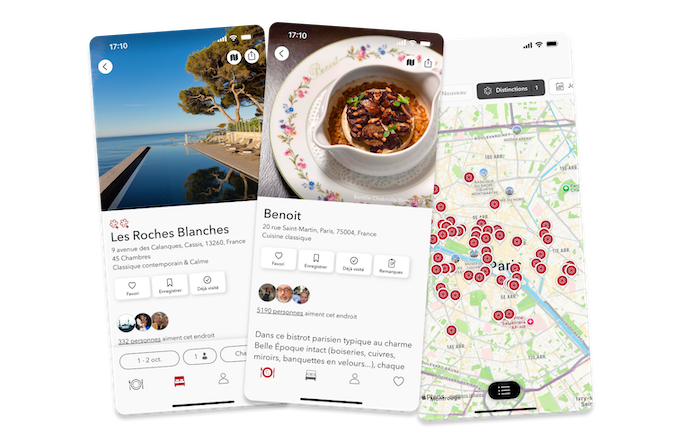The Qvest
Gereonskloster 12, Cologne, Allemagne
Innenstadt
34 Chambres
Classique contemporain et Animé
Le Qvest, une initiative entrepreneuriale audacieuse, insuffle une touche de design contemporain à la scène hôtelière de Cologne, tout en préservant son histoire unique. Épargné par les bombardements de la Seconde Guerre mondiale, ce bâtiment est un véritable musée du design, mêlant habilement différentes époques et styles. Michael Kaune, collectionneur d'art local, et les architectes de Rolf Kursawe ont transformé ce lieu en un monument du quartier Gereonsviertel en seulement deux ans de rénovation. Achevé en 1897 par Friedrich Carl Heimann avec Mohr et Brugger, le bâtiment, initialement destiné aux archives de la ville et à une bibliothèque publique, arbore une esthétique néo-gothique avec ses voûtes d'ogives, fenêtres en lancette et moulures, qui sont encore visibles aujourd'hui.
Les 34 chambres et suites du Qvest bénéficient d'une disposition organique et présentent des œuvres d'art soigneusement sélectionnées. Les salles de bain, avec leurs carreaux noirs rappelant le métro parisien, sont agrémentées de marbre noir belge et de miroirs Hermès des années 30. Des œuvres de Fuchs, Holz, Kern et d'autres artistes ornent les murs, accompagnées de livres de design et d'illustration disséminés comme des trésors à découvrir. Le parquet en chêne taillé à la main contraste magnifiquement avec les fresques du plafond du 14ème siècle. La chapelle transformée en galerie photo, attenante au hall d'entrée, offre un cadre idéal pour savourer un petit-déjeuner végétalien ou patienter avant une soirée au bar Bauhaus TECTA.
Les 34 chambres et suites du Qvest bénéficient d'une disposition organique et présentent des œuvres d'art soigneusement sélectionnées. Les salles de bain, avec leurs carreaux noirs rappelant le métro parisien, sont agrémentées de marbre noir belge et de miroirs Hermès des années 30. Des œuvres de Fuchs, Holz, Kern et d'autres artistes ornent les murs, accompagnées de livres de design et d'illustration disséminés comme des trésors à découvrir. Le parquet en chêne taillé à la main contraste magnifiquement avec les fresques du plafond du 14ème siècle. La chapelle transformée en galerie photo, attenante au hall d'entrée, offre un cadre idéal pour savourer un petit-déjeuner végétalien ou patienter avant une soirée au bar Bauhaus TECTA.
Localisation
The Qvest
Gereonskloster 12, Cologne, Allemagne
Innenstadt
Notes et avis clients
Aucun séjour vérifié pour le moment.
Les notes sont calculées sur une échelle de 1 à 20, à partir des retours d'expérience de nos clients. Nous nous appuyons sur les avis pour garantir une sélection d'hôtel de qualité.
18.5
20
Chambres et tarifs
Réservez directement sur le Guide MICHELIN. Nos spécialistes du voyage sont à votre écoute et prêts à vous aider. Les meilleurs prix sont garantis. Vous trouvez un meilleur tarif ? Faites-le nous savoir.
d
l
m
m
j
v
s
Tarifs en EUR pour 1 nuit,1 voyageur
Tarifs en EUR pour 1 nuit,1 voyageur












